
The Best of Teachers Teaching!
(9th) Nine Data Dancing
(8th) Charter Schools Leading
(7th) Opportunity Scholars Expanding
(6th) Parent Power Growing
(5th) State Policy Changing
(4th) Reformie Ladies Lunching
(3rd) A Global Hub for Technology
(2nd) Model Legislation
And a Nominee for Opportunity!
The 10th in our 12-ish days of Christmas series, intended to bring gifts to education reformers everywhere!
by Dave Saba
What a great statement from Texas Serenity Academy about teachers they received from the Teachers of Tomorrow alternative certification program. There are over 3.5 million teachers in schools today and many are doing an incredible job teaching America’s students. They challenge their students to learn while at the same time meeting the growing bureaucratic needs of an ever-expanding central office.
But PISA scores show that we must do better. We are too good to be 15th in reading, 35th in math and 18th in science.
Teachers have the greatest impact on student learning and yet our teaching pipeline is dry. Over the past 10 years the number of students selecting education as their major has dropped from 9.9 percent to 4.2 percent. Right now there are 116,000 openings in schools and it is only getting worse.
Some argue that there isn’t a teacher shortage and we have produced the right number of teachers. They argue that the problem is that too many are just not teaching, or don’t teach the right subjects or don’t want to teach in the right geography and they would be correct. They say we need to keep more great teachers in the classroom and they are right. But if you are the HR person tasked with putting the right talent in front of a classroom full of kids, you absolutely know there is a shortage of great people who teach.
There is hope. By increasing the number of onramps to teaching, we can ensure that HR has the right talent to put in front of those students. With opening up pathways that get the right teachers teaching, we can improve outcomes for all students!
Dave Saba is Chief Development Officer of Teachers of Tomorrow.











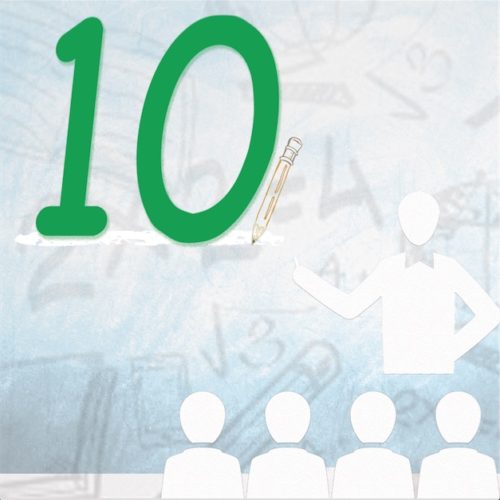

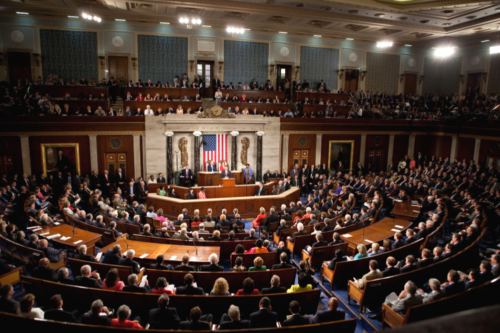



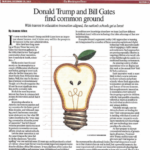


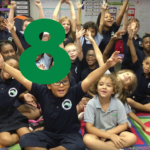
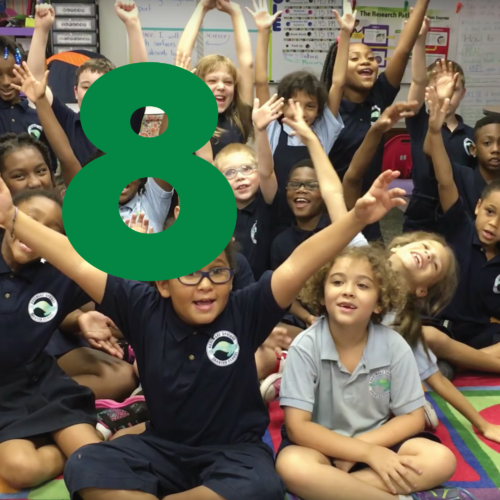
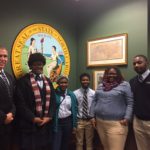
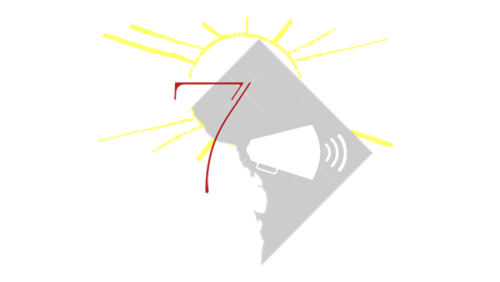
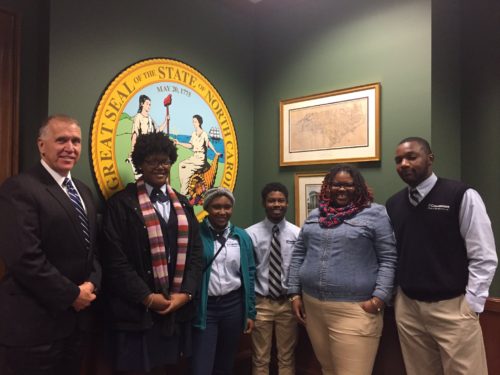

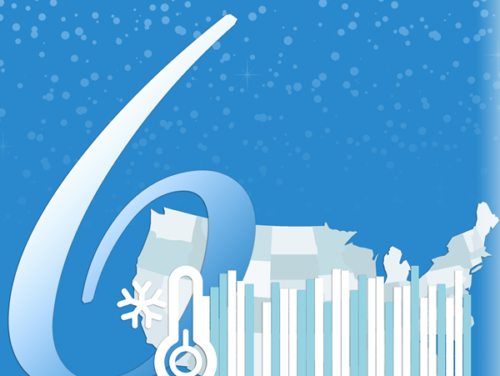

On the Eleventh Day of Christmas CER Gave To Me…
Great Funders Funding!
(10th) Best of Teachers Teaching
(9th) Nine Data Dancing
(8th) Charter Schools Leading
(7th) Opportunity Scholars Expanding
(6th) Parent Power Growing
(5th) State Policy Changing
(4th) Reformie Ladies Lunching
(3rd) A Global Hub for Technology
(2nd) Model Legislation
And a Nominee for Opportunity!
The 11th in our 12-ish days of Christmas series, intended to bring gifts to education reformers everywhere!
Of course, the first person that comes to mind is the late John Walton – the driving force behind the Walton Family Foundation’s original education reform investments who believed in school choice because it was the right thing to do.
Another “giant of freedom” is the late Lovett “Pete” Peters, who ardently believed all children deserve superb teachers and an excellent education. At the age of 75, Peters dedicated himself to improving education in his home state of Massachusetts and across the nation. His legacy lives on in the organization he founded (the Pioneer Institute) and the Massachusetts charter schools (of which he played a key role in bringing to the Commonwealth) achieving great results for kids today.
And speaking of great results, when comedian John Oliver inaccurately portrayed charter schools last summer, Janine Yass – a charter school founder and philanthropist – was one of the first to spring to action to make sure these falsehoods didn’t stick. “Your show hurt poor children,” she personally wrote to Oliver, and worked with the Center to give charter schools a voice trough the “Hey John Oliver, Back Off My Charter School!” video contest, awarding $100K to the charter school that best portrayed why their school worked better for them than their assigned district school. Janine and Jeff Yass epitomize the spirit of “Great Funders Funding” ed opportunity both nationally and in the Philadelphia, Pennsylvania area.
In the words of John Walton, “If you’re going to do something, you should do it the best you can do.” Those are words the Center lives by in our day-to-day work. And we owe a huge thank you to the Great Funders Funding out there who believe in that vision and make it possible for us to relentlessly pursue true innovation and opportunity in education – and not stand for anything less – so that US students, families and communities continue to reach new heights.